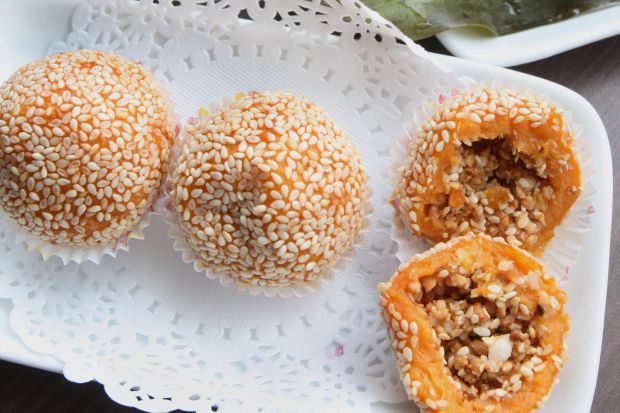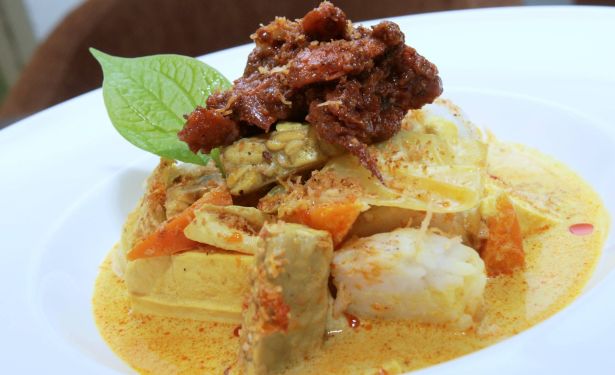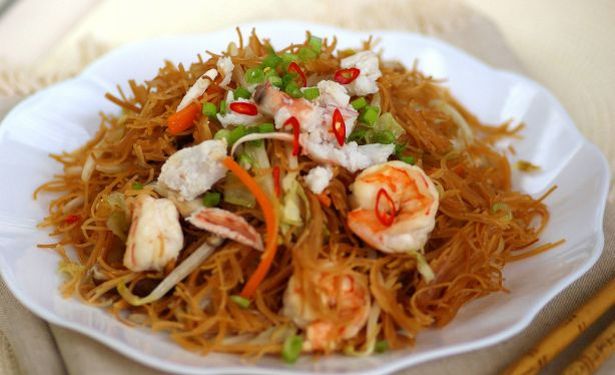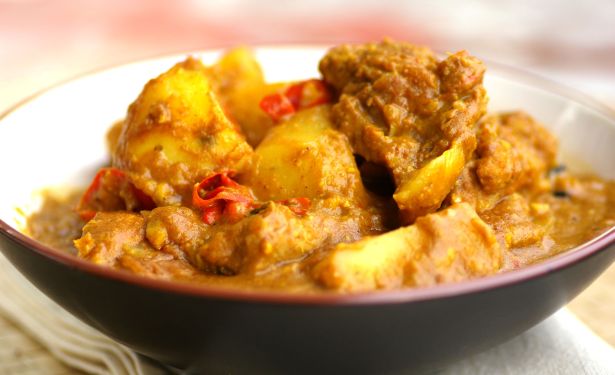IT looks like the Hakkas do like to keep businesses within the fold. Like Peng Heong Hakka Paikut Restaurant in Klang which is run by family members, Hakka restaurant chain Ying Ker Lou is also managed by a husband-and-wife team.
Opened since March 2006, the restaurant’s founder and general manager Albert Wee is Huizhou Hakka. His family has been in the food and beverage business for over 30 years, starting out with a stall in a coffeeshop.
Having sold an array of local delights over the years, including Teochew porridge and fish head curry, the Wees decided to go back to their roots and bring Hakka food to our shores. Because of this endeavour, Wee has learned a lot about the cuisine.
“It is a subgroup of Guangdong cuisine, which is divided into three main categories – Cantonese, Teochew and Hakka,” he explains.
The location of the Hakka settlements in the highlands meant that a lot of natural and nutritional ingredients were available to them, he says. This is one of the reasons why the Hakkas do not use a lot of dried herbs in their cuisine.
In fact, some Hakkas consume so much vegetables that they are close to being vegetarians.
“The Horpoh and Hailofeng Hakkas (from Guangdong) are fond of lui cha, for example,” cites Wee.
Lui cha is a tea-based gruel-like dish made of ground tea leaves, herbs, roasted nuts, seeds and grains. This, says Wee, is not for everyone: “It takes getting used to.”
Wee says that pork is the preferred meat, though poultry is also a big part of the cuisine. “Traditionally, duck is favoured over chicken,” he explains. Seafood, meanwhile, hardly features in Hakka cuisine.
 The original Hakka yong tau foo — braised tofu that has been heaped with minced meat — is served at Ying Ker Lou.
The original Hakka yong tau foo — braised tofu that has been heaped with minced meat — is served at Ying Ker Lou.The restaurant, which serves over a hundred dishes, prides itself on being a “modern Hakka establishment.”
“Our aim is to be accepted by everyone, not just Hakkas,” stresses Wee.
For that reason, he admits that some recipes have been tweaked: “Traditionally, Hakka food is very salty, spicy, strong-tasting and oily.” So they made the fare milder, bearing in mind health concerns.
Wee admits half-jokingly: “It may not sit well with some hardcore Hakkas who compare it with the food back home!”
Do Hakka dishes have the potential to be as popular as other Chinese cuisine?
“Definitely,” says Wee. “Part of the international appeal lies in the fact that there are so many Hakkas in various parts of the world.”
And that’s a very plausible deduction. After all, we are talking about a group of people who dispersed as far as Tahiti in the southern Pacific Ocean and Mauritius in the Indian Ocean.
The four Ying Ker Lou outlets are located at The Curve and I Utama, both in Petaling Jaya, Selangor, and The Gardens and Pavilion KL, both in Kuala Lumpur. Some of the must-try dishes include its Chicken With Ginger And Rice Wine, and Hakka Stuffed Beancurd.






